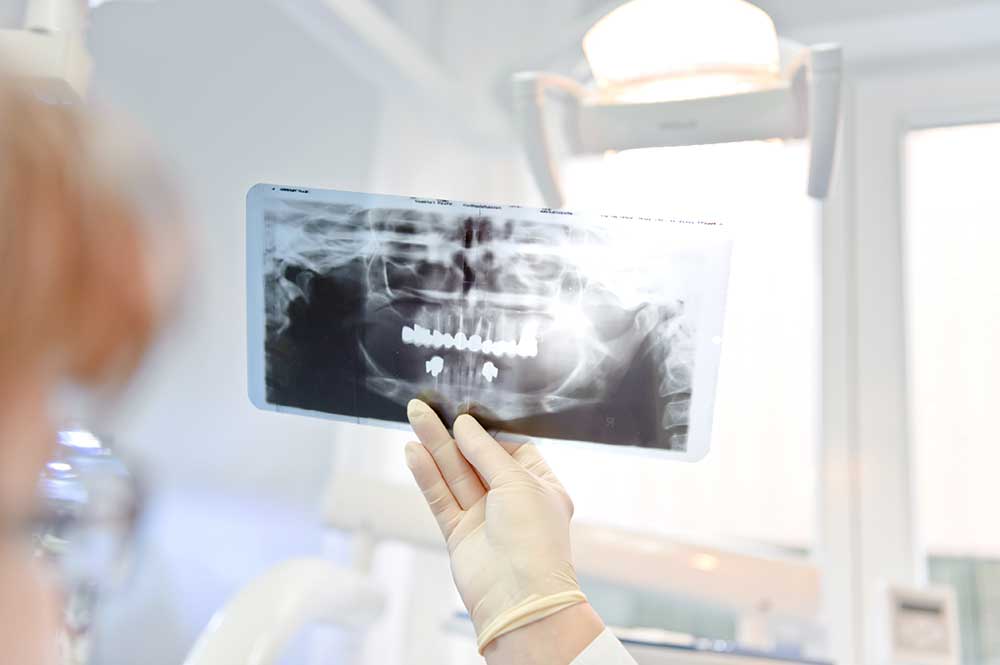F.A.Q.
1. What is root canal treatment?
Root canal treatment, also known as endodontic therapy, is a procedure used to clean out canals in the gum and save the tooth from a severe infection. The endodontist removes the infected pulp, cleans it and seals it to prevent further infection.
2. How do I know if I need a root canal?
Signs that you may need a root canal include persistent tooth pain, sensitivity to hot or cold, swelling or tenderness in the gums, and discoloration of the affected tooth.
3. Is root canal treatment painful?
No, root canals are not painful. You may feel some discomfort afterwards when the local anesthetic wears off.
4. What does the root canal procedure involve?
We numb the area and create an opening through the tooth to access the pulp. We then remove the pulp, clean, and reshape the area. Then, we seal it.
5. How long does a root canal take?
Typically it takes between an hour and two hours.
6. Will I need a crown after a root canal?
A crown is recommended in most cases to restore a tooth’s strength, function, and to protect it.
7. How can I care for my tooth after a root canal?
The most important thing is to follow your dentist’s instructions for care. You probably should avoid chewing on that side until you get a permanent crown. Maintain brushing and flossing habits.
8. How do I schedule a root canal treatment at King Village Dental?
Call us or go to our contact page.


